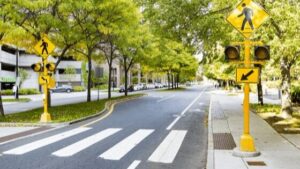
Locations Where Pedestrians Get Hit the Most
Pedestrians get hit most in urban cities. Their injuries and fatalities are but one aspect of a bigger set of problems related to road safety. Although walking is great for

Pedestrians get hit most in urban cities. Their injuries and fatalities are but one aspect of a bigger set of problems related to road safety. Although walking is great for

When it comes to pedestrian accidents, most people assume that pedestrians are automatically eligible for compensation just because they are on foot. It is also a misconception that pedestrians don’t
UTAH INJURY LAWYERS
Flickinger • Boulton
• Robson • Weeks
PROVO OFFICE
3000 N University Ave
Suite 300
Provo, UT 84604
SOUTH JORDAN OFFICE
10393 S. Temple Dr.
Suite 103
South Jordan, Utah 84095
OFFICE HOURS
Monday- Friday: 8AM-5PM
Saturday-Sunday: Closed
*Disclaimer: the information provided by this website is for informational purposes only and should not be considered legal advice or a substitute for competent legal counsel.
**SMS consent and contact phone numbers will not be shared or sold to third parties or their affiliates for any purpose.
© 2025 All Rights Reserved.